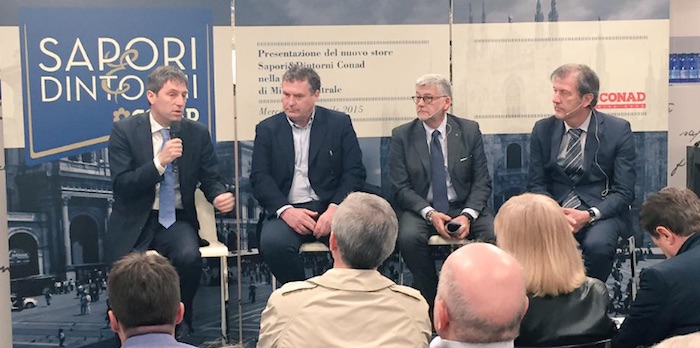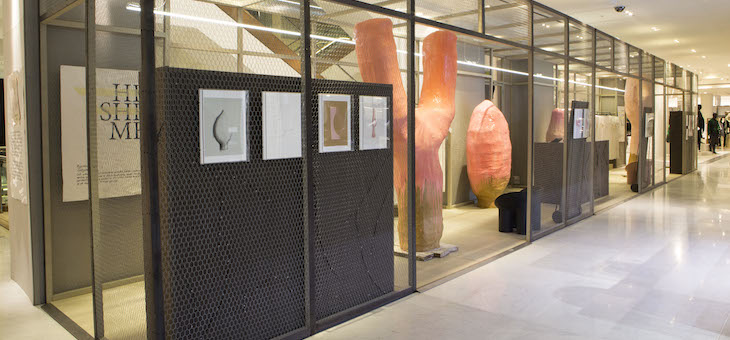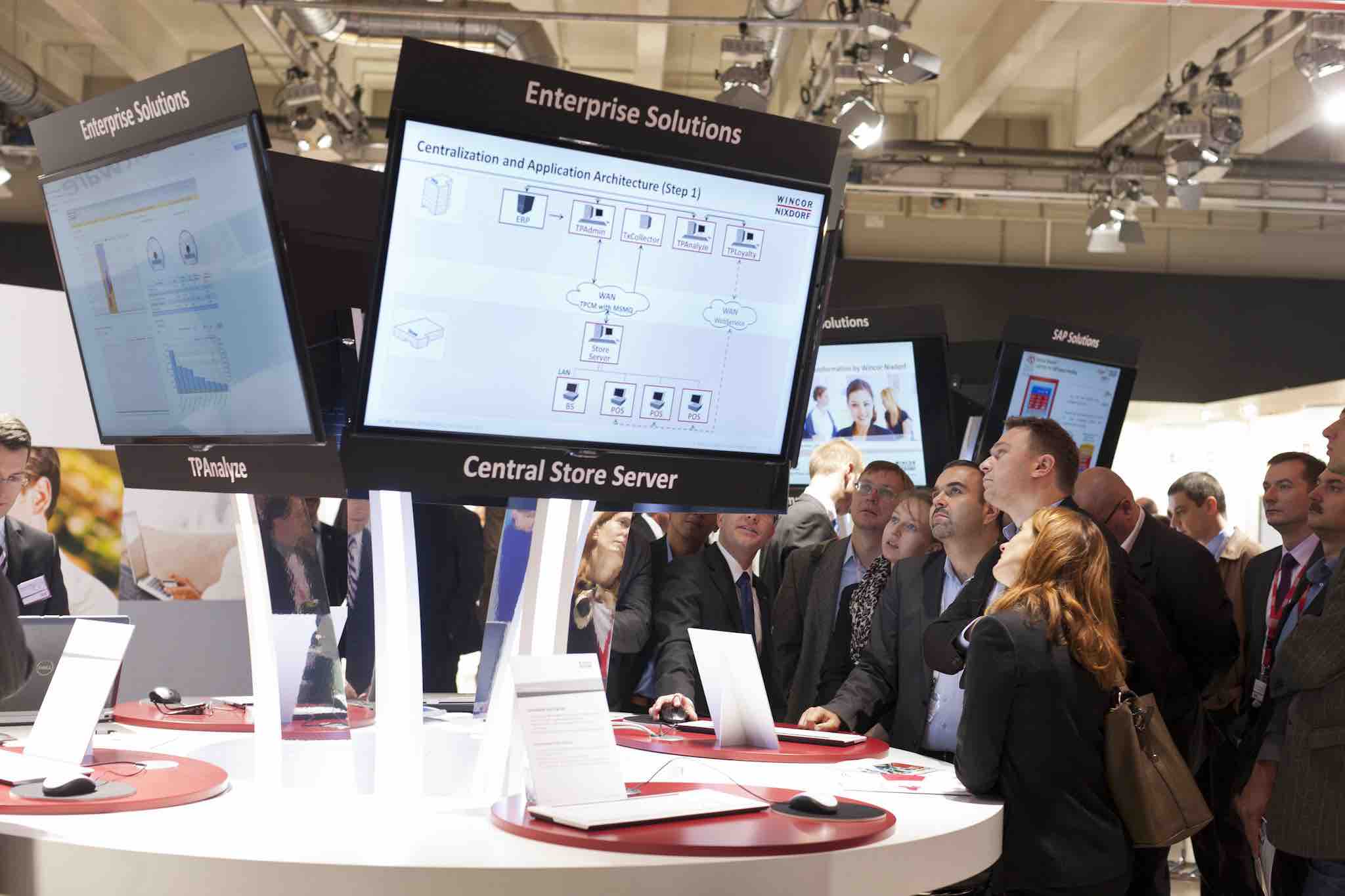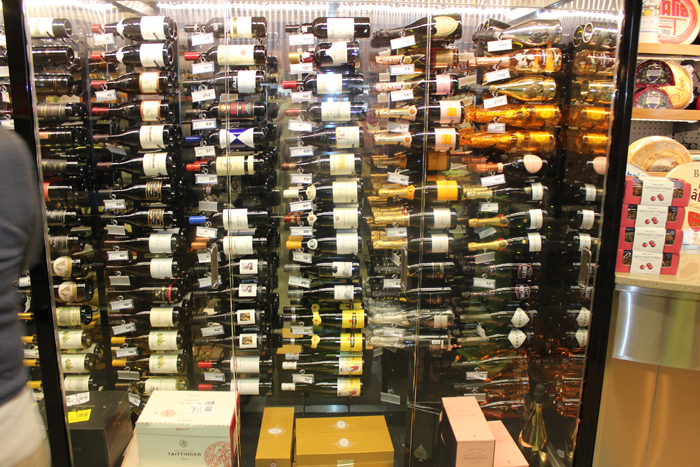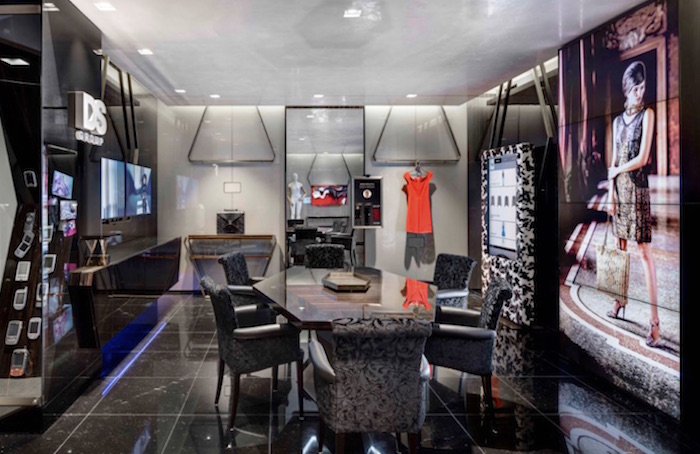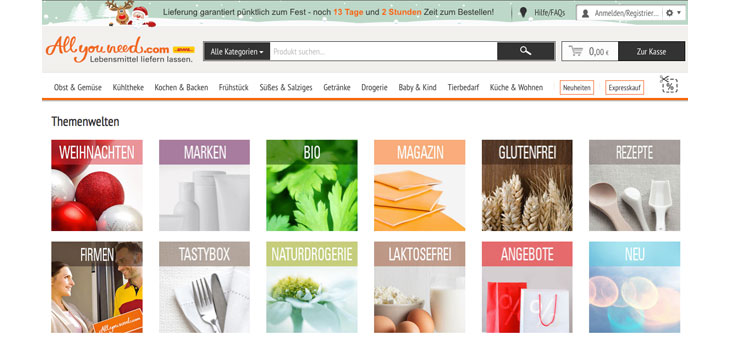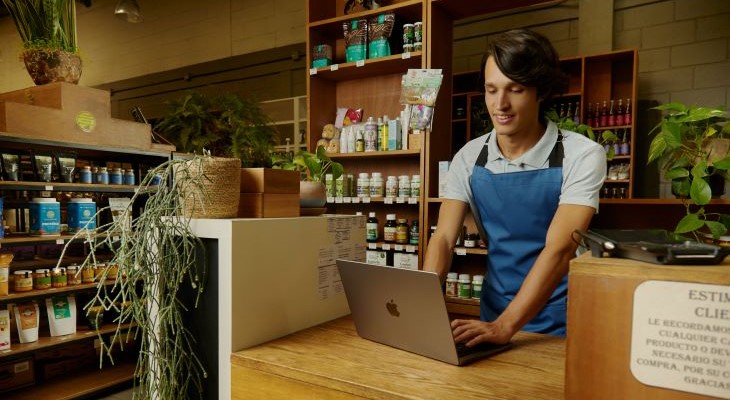The digital boutique has arrived for fashion and luxury brands, together with opportunities for competitiveness and growth and for customers to access an immersive shopping experience thanks to the interaction between the internet and the store via smart devices.
Launching the omnichannel solution is DS Group, an Italian ICT consultancy company specialising in the design and development of mobile multiplatform and multidevice application solutions; among the areas of greatest focus for DS Group is the Digital Retail Experience, where it has assisted brands such as Valentino, Calzedonia, Luxottica and Pinko in their path towards innovation and digital transformation.
Based on these retail experiences and through an ecosystem of market-leader partners such as Samsung Electronics, Microsoft, SAP, Intel, Ingenico and Motorola, DS Group has created the Digital Boutique, a technology space based on the integration of typical retail dynamics and digital technologies that today you can visit at its headquarters in Milan. A centre of excellence based on the innovative store model that DS Group is designing together with its customers.
The role of technology partners which have participated in the creative and development process, working with the DS Group team, is fundamental; Digital Boutique therefore boasts the best technologies for a leading-edge Multichannel Retail Experience model. In particular, Samsung Electronics has provided the LFD screens, video walls, digital signage solutions and tablets for the visual technology aspects; Microsoft, in addition to providing the Surface Pro 3 tablets and Lumia 830 and 1520 smartphones, hosts and delivers the entire technology platform through its Azure cloud platform; Intel has supported the project by providing innovative technologies that improve the customer relationship (digital signage solutions) and for management and analysis of mobile payment data (NUC – Next Unit of Computing devices). SAP Mobile Platform has made it possible to manage mobility solutions on a large scale, based on the integration of the best SAP mobile technology in a single end-to-end solution.
The layout and aesthetics of this space have been implemented by designer Alessandro Luciani along the lines of a luxury boutique in terms of structure and style; the showroom in Milan therefore proposes a physical and emotional path through digital technologies, following the stages that lead to a new shopping experience.
The stages of the technological tour in the Digital Boutique
The heart of the entire structure is Combenia, a DS Group platform developed specifically for retail to integrate the various technologies; each technology supports a specific stage of the shopping experience.
1 – It starts with recognition and mapping (Store Analytics and Virtual Check-In) of the customer entering the store: through detection technologies including cameras, beacons and Wi-Fi, it maps people entering and their stay in the store and identifies their main characteristics (it can also be used outside the shop window to quantify the presence of passers-by at different times of the day); it therefore allows consumer identification and profiling and activation of customised communications.
2 – Second stage, Interactive Digital Signage: a large screen, using a built-in web cam, projects videos and customised content, proposing different outfits depending on the person’s sex and age.
3 – Hybrid Shop Experience with interactive touch tables and totems that allow the consumer to e-shop directly in the store: while trying on an outfit, the customer can select additional sizes and colours from the catalogue and order models not available in store, with subsequent delivery at home or another destination;
4 – Smart Dressing Room: the multimedia dressing room which, on entry of the customer, detects the outfits with tags in transit, allowing the brand to calculate statistics between that tried on and that sold and to profile people’s preferences; in addition, it can gather feedback on the outfit tried on through the interactive touch-screen mirror which, adapting to customer choices communicated with a ‘tap’, proposes other outfits or products;
5 – Mobile Payment: mobile devices dedicated to payment, including the Mobile POS, which, while maintaining maximum security, dematerialise the till, eliminating queues and waiting times and ensuring flexibility and convenience.
Every moment of the customer experience is available and governed by a mobile device provided to the store manager and in-store staff, thus put in a position to map and follow the customer in all phases of the shopping experience, providing on the one hand a value-added service to the consumer, while on the other collecting valuable data for store and brand analytics/intelligence.

